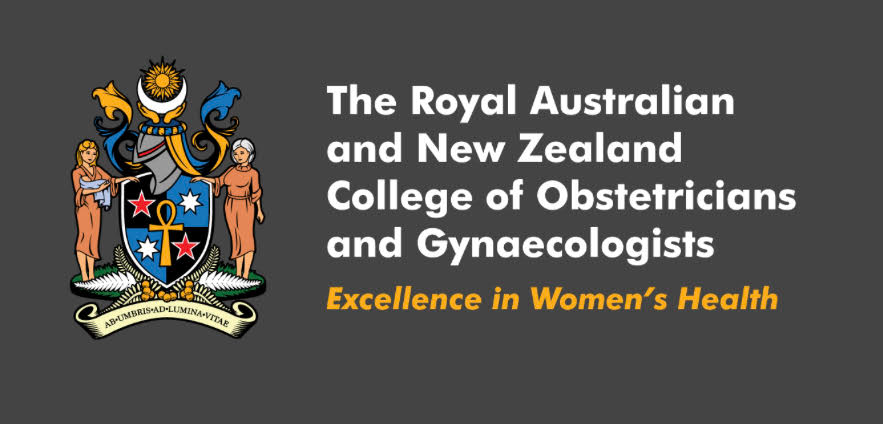

One of the most commonly asked questions at the first visit is ‘can I exercise in pregnancy and what exercise can I do?’.
My first response is ‘what exercise would you normally do when you are not pregnant?’
Some factors that are important is the stage of pregnancy that you are at. Generally, in the first trimester most women are fatigued and nauseous and would struggle doing most exercise. You then have the golden period of pregnancy between 14 and 32-34 weeks when the nausea and fatigue lifts and the bulk of an enlarging baby does not get in the way. My general rule of thumb is to wind back the intensity of any cardio exercise and reduce the amount of weights that you are lifting.
The common theme is that a heart rate of 140 seems to be the target to keep but I feel that a better measure is to not exercise beyond the point of breathlessness. In other words, if you are on a stationary bike or doing a high intensity class you should be able to maintain a conversation, otherwise you could be pushing things too hard. It is also important to hydrate adequately. Other considerations include avoiding lying flat on your back beyond 22 weeks gestation for any period of time as this will compress the blood vessel draining the lower half of your body reducing your blood flow. There is an increase in joint laxity which can lead to a higher chance of injury as your joints and ligaments are softer to accommodate the growing baby.
One of the best forms of exercise when you are pregnant is swimming as this is non-weight bearing and provides a good cardio workout. Pregnant women are in fact more buoyant making swimming a little easier. Avoid breaststroke late in the pregnancy as this can sometimes exacerbate pelvic instability leading to hip and pubic pain.
The major benefits of exercise in pregnancy is reduced overall weight gain leading to a lower incidence of gestational diabetes. A better ability to cope with the stresses of labour and in the days of COVID lockdown an increased mental health benefit.
In some high risk pregnancies it may be advisable to cut out or significantly reduce your exercise and this includes women who have had an episode of haemorrhage, the threat of premature labour and a placenta that is significantly covering the cervix. If you are not sure it is always wise to discuss exercise with your doctor or midwife.




